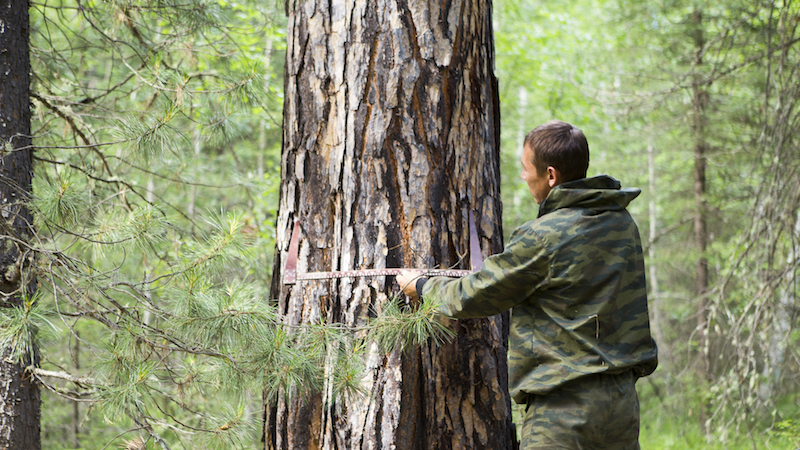A major update on how countries measure greenhouse gas emissions failed to address key weaknesses, particularly on bioenergy, campaigners have warned.
After a five-year process involving more than 280 scientists, the Intergovernmental Panel on Climate Change (IPCC) agreed technical advice on Sunday on everything from methane leaks in the oil and gas sector to emissions linked to flooding land.
Under the Paris Agreement, all countries, including the poorest, are expected to build up capacity to monitor their emissions, based on the latest guidelines.
“This is a substantial piece of work that has been achieved to ensure countries are able to develop inventories that are consistent, that are transparent and that are more accurate,” Dominique Blain, a Canadian scientist and coordinator of the “2019 Refinement”, told Climate Home News from the IPCC meeting in Kyoto, Japan.
Bolsonaro’s plan to unlock the Amazon: split its indigenous peoples
Critics said the process was a missed opportunity to close loopholes in accounting for bioenergy, however. They warn inconsistent rules mask the true climate impact of burning wood pellets and other fuels, at a time their use and trade is growing.
Tackling these issues was not included in the scope of the report, determined by government representatives.
“Because it is a ‘refinement’ none of the fundamental principles are being revised,” said Peg Putt, campaigner with the Environmental Paper Network (EPN) and Climate Action Network International. “The inertia here is enormous.”
A recent study by EPN forecast the use of wood pellets for power generation is set to increase 250% in the next decade. Japan and South Korea are following a trend driven by the EU.
The fuel is often traded across borders, with the US exporting wood pellets to Europe, for example.
Countries do not have to report emissions where the wood is burned, on the assumption the producer accounts for the carbon stock lost at the point of harvest.
But the EPN report argued there was no oversight to check that forests are regrown. It also raised concerns about the time lag between the release of emissions and the decades it took for forests to soak them up.
“[Carbon dioxide] hits the atmosphere but doesn’t actually hit the accounting books,” said Putt.
The current guidelines give governments a range of methodologies to pick and choose from, ultimately allowing them to flatter their carbon accounts, said Peter Riggs of US-based campaign group Pivot Point. “It is pretty easy to predict which country will adopt which methodology based on whether they are producers or consumers [of bioenergy].”
Blain acknowledged there were “various approaches” used to quantify emissions from trees harvested for biomass: “The IPCC is not prescriptive in that respect.”
It would be for UN Climate Change, the forum for political negotiations, to resolve the question of where to count bioenergy emissions, she added.
